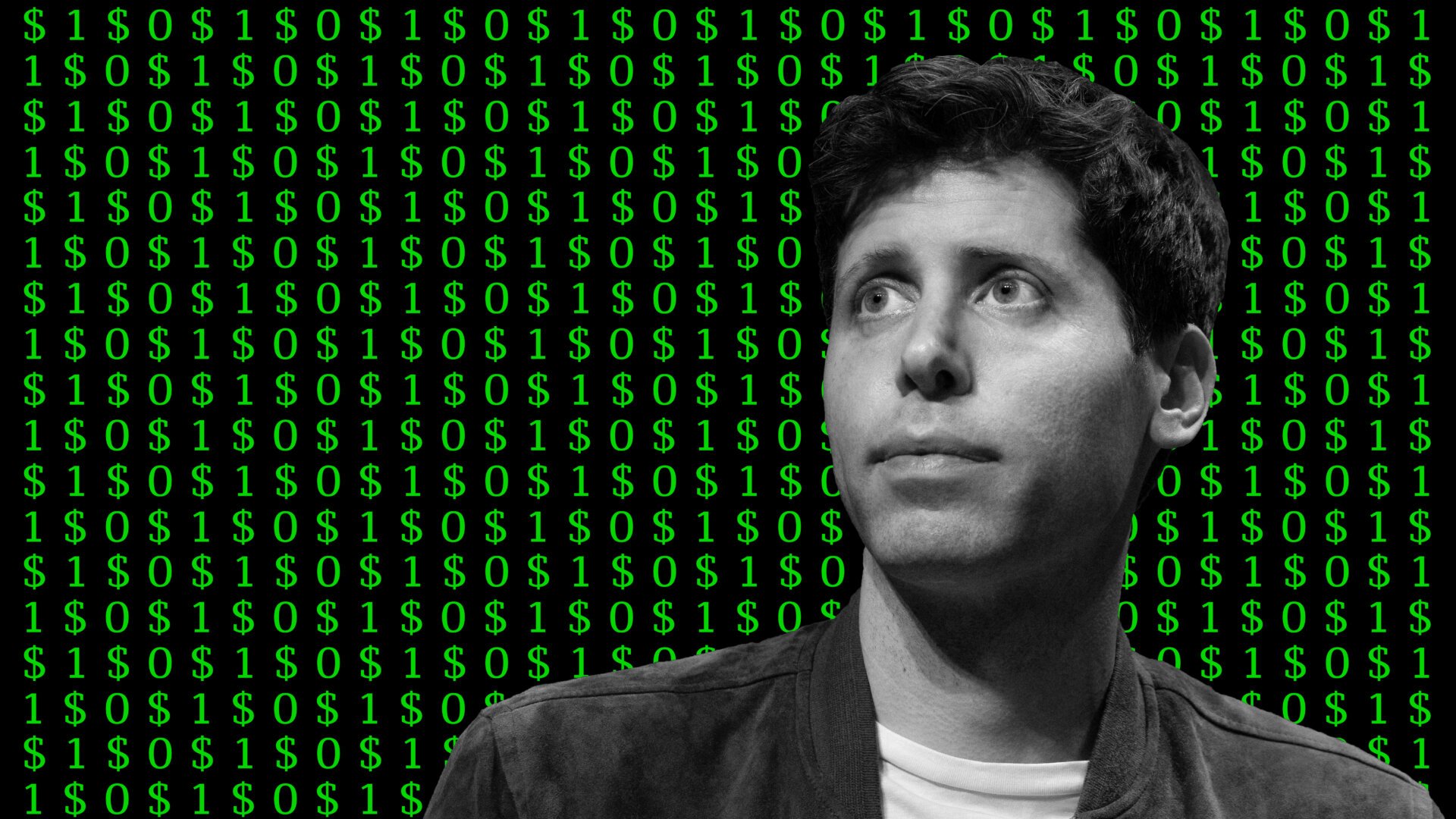That is, according to Widerquist, the $2-3 trillion projections are just bad math. These simplistic calculations involve multiplying the number of people in America (roughly 330 million) by the average UBI output (approximately $10-12k). While they accurately assess the amount of money that would be involved in such a system, they aren’t accounting for the fact that most of that money will be exchanged via the tax system (many people will pay into it, but they will also get that money back, effectively nullifying the need to generate “new” revenue), meaning that the total amount of new revenue that the government actually needs to generate is only about $539 billion, or roughly 3 percent of GDP. That new revenue, according to Widerquist, could mostly be generated by taxing America’s richest families and would help pay for basic income for some 99 million people, or roughly a third of the U.S. population.
When looked at this way, Widerquist says that a national UBI system would be a relatively small part of federal spending. “The net cost of this UBI scheme is less than 25% of the cost of current U.S. entitlement spending, less than 15% of overall federal spending, and about 2.95% of Gross Domestic Product (GDP),” his 2015 article claims. “The average net beneficiary is a family of about two people making about $27,000 per year in market income.”



What no one else talks about that is also crucial to UBI is that all of the money from the poor or borderline poor (about 40%) will go back into the system. It’s not wasted money. The wealthy probably won’t spend it and hoard it, but the people who really need it will. It’s a “raise all boats” situation.
Yes, including retailers and wholesalers of consumer products.